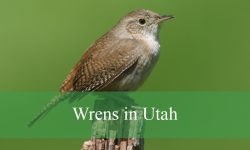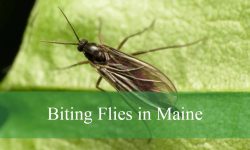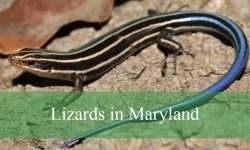When it comes to learning about unique creatures from around the world, few topics are as intriguing as animals that start with X. While the letter X might seem like a challenging place to begin, nature proves otherwise—with a surprising variety of fascinating species that bear names starting with this uncommon letter.
From exotic lizards and mysterious frogs to extinct predators and colorful birds, animals that start with X include both living and extinct species that span diverse habitats and continents. Whether you’re a curious student, wildlife enthusiast, or trivia lover, this list offers an exciting glimpse into rare and unusual names you might never have encountered.
In this article, we’ll explore 30 animals that start with X, complete with their names, pictures, and interesting facts. Get ready to dive into a world of discovery as we highlight these remarkable creatures—some familiar, others truly extraordinary.
Common Animals That Start With X
Xerus (Xerus spp.)
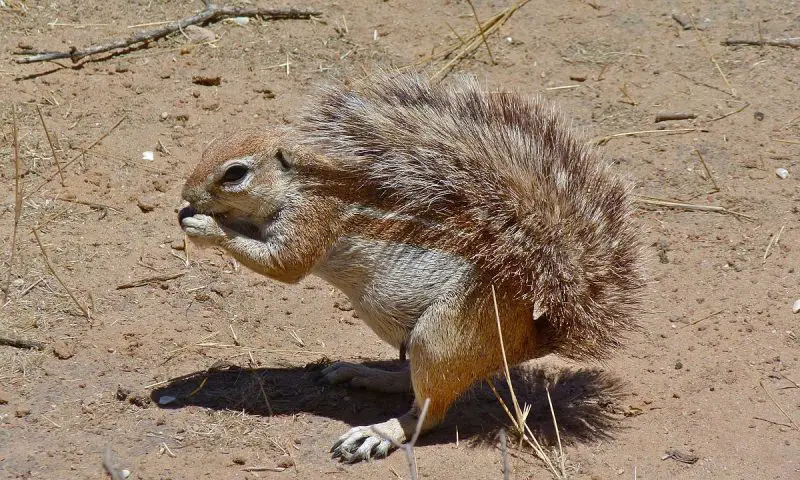
Xerus is a genus of African ground squirrels known for their sleek bodies, short limbs, and long, bushy tails. These squirrels have short, coarse fur in shades of brown or gray, and their large dark eyes help them stay alert to predators. They have strong forelimbs equipped with claws used for digging burrows in arid environments.
These animals are highly social and live in colonies that can include dozens of individuals. They communicate through vocalizations and body language, often seen grooming each other or sunbathing together near their burrow entrances. Their diurnal activity and cooperative behaviors make them fascinating mammals to observe in the wild.
Xerus species are found in various dry savannas and grasslands across sub-Saharan Africa, especially in countries like South Africa, Namibia, and Botswana. A fun fact about them is that they use their large tails like parasols, holding them over their backs to provide shade from the hot African sun.
X-ray Tetra (Pristella maxillaris)
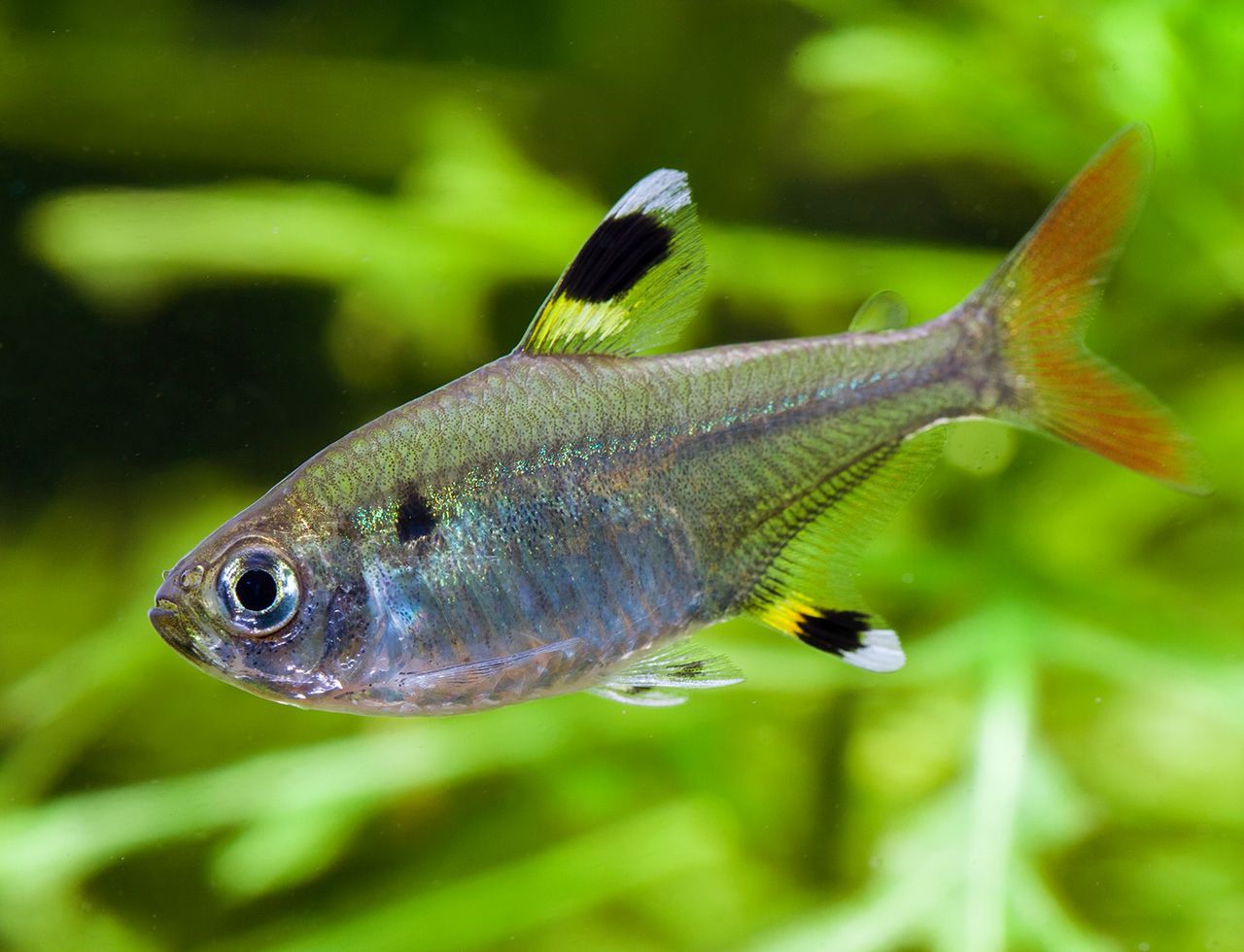
The X-ray Tetra is a small freshwater fish notable for its almost transparent body, through which you can see its internal organs—hence the name “X-ray.” It grows to around 1.5 inches in length and typically displays a silver sheen, a faint yellow dorsal fin, and black-and-white tail markings. This delicate appearance makes it popular in home aquariums.
These fish are peaceful and thrive in schools, often swimming together in tight, shimmering groups. Their schooling behavior helps reduce stress and offers some protection against predators. X-ray Tetras are omnivorous and feed on small insects, larvae, and plant matter in their natural habitat.
Native to the Amazon and Orinoco River basins in South America, X-ray Tetras prefer slow-moving, soft-water environments with dense vegetation. A fun fact about them is that they can adapt to a wide range of water conditions, making them one of the hardiest tetras in the aquarium trade.
Xenops (Xenops spp.)
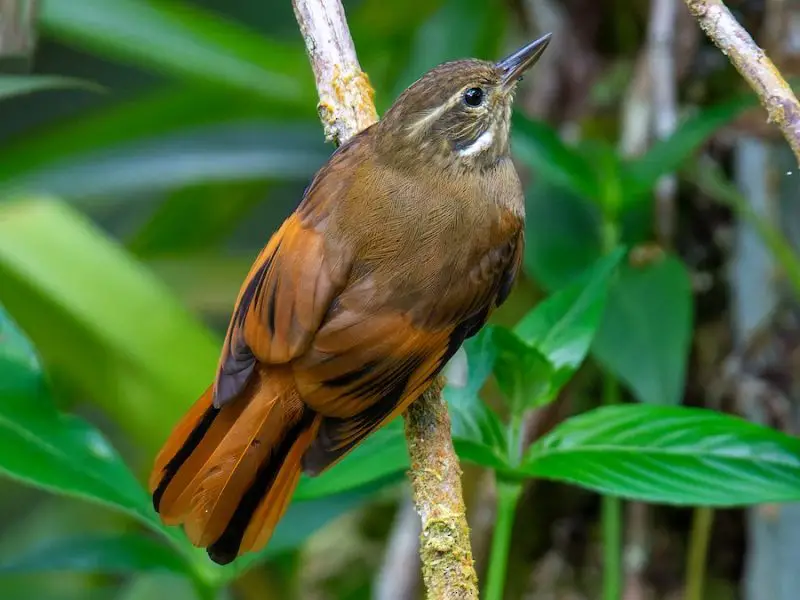
Xenops are small, brownish birds that belong to a group of Neotropical ovenbirds. Despite their plain coloration, they are easily recognizable by their slightly upturned bills, which they use to probe into bark and decaying wood for insects. Their plumage often includes a mixture of rust, brown, and white, helping them blend into their forest surroundings.
These birds are most commonly found climbing tree trunks and branches in a manner similar to woodpeckers. They feed on ants, beetles, and other insects by flaking off bark with their bill. Xenops are solitary or found in mixed-species foraging flocks, and they rarely sit still for long, constantly darting around the mid to upper forest layers.
Xenops are distributed throughout Central and South America, particularly in tropical rainforests from southern Mexico to Brazil. A fun fact is that despite their similarities to woodpeckers, they are not closely related—Xenops have evolved similar traits through convergent evolution to fill the same ecological niche.
Xenocyon (Xenocyon spp.)
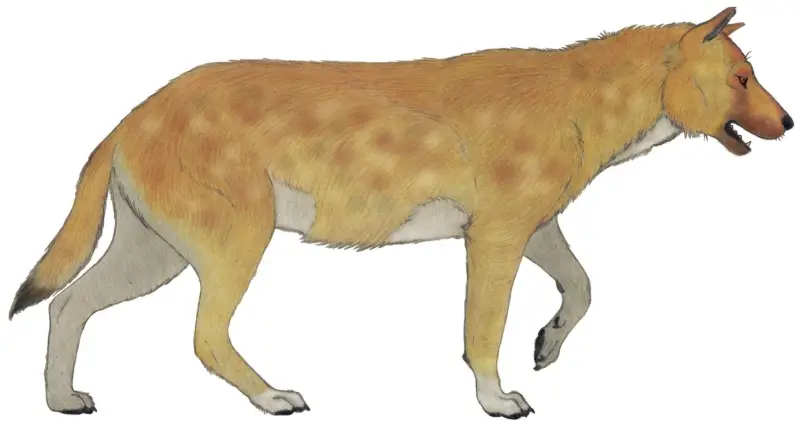
Xenocyon was an extinct genus of wild canids that lived during the Pleistocene epoch and is considered an evolutionary link between early wolves and modern African wild dogs. These animals were larger than today’s wolves, with strong jaws and long limbs adapted for endurance running and large prey hunting.
Fossil evidence suggests that Xenocyon had a highly social structure, living and hunting in packs much like wolves and wild dogs today. Their dentition indicates a diet that included large ungulates, and their wide-ranging distribution suggests they were successful apex predators during their time.
Xenocyon remains have been found across Eurasia and Africa, pointing to a vast historical range. A fascinating fact is that they are believed to be ancestral to the modern African wild dog (Lycaon pictus), showing how ancient species evolved and adapted to new ecological roles over time.
Xantus’s Hummingbird (Basilinna xantusii)
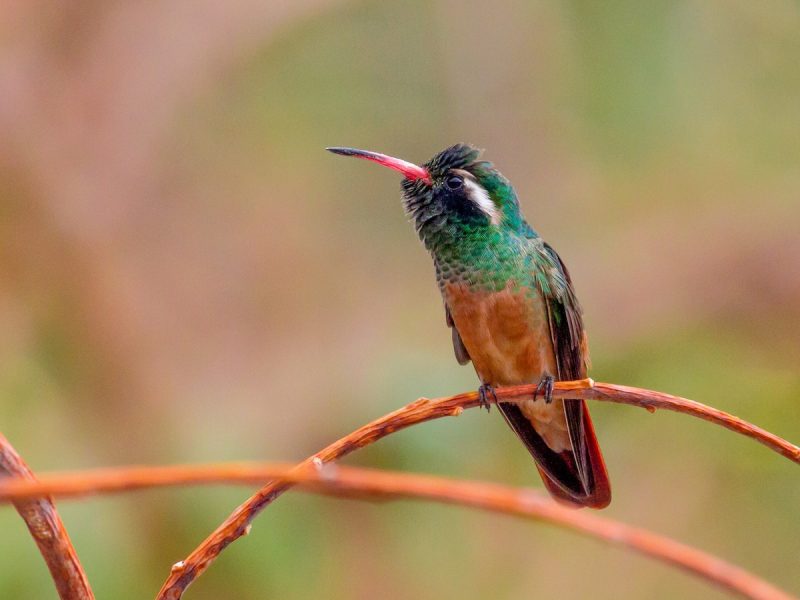
Xantus’s Hummingbird is a striking species native to the Baja California peninsula of Mexico. It features a dazzling emerald-green body, a bright white belly, and a rufous tail, making it one of the more colorful hummingbirds in its limited range. The males often display iridescent feathers that catch the sunlight in a brilliant display.
These hummingbirds feed primarily on nectar from flowers but also consume small insects and spiders for protein. They are highly territorial, often seen aggressively defending flowering plants from intruders. Their wings beat incredibly fast, allowing them to hover in place while feeding, with a soft buzzing sound that gives away their presence.
Xantus’s Hummingbird inhabits dry scrublands, oak woodlands, and desert canyons in southern Baja California. A fun fact is that the species was named after John Xantus, a Hungarian zoologist and adventurer who collected specimens in North America in the 19th century.
Xoloitzcuintli (Canis lupus familiaris)

The Xoloitzcuintli, also known as the Mexican Hairless Dog, is an ancient breed with roots tracing back over 3,000 years to the Aztec and Maya civilizations. It comes in three sizes—toy, miniature, and standard—and in both hairless and coated varieties. The hairless type has smooth, tough skin with occasional tufts of hair on the head or tail, while the coated type has a short, dense coat.
Xolos are known for their calm and affectionate personalities, often forming strong bonds with their human companions. Despite their sometimes serious expression, they are intelligent, alert, and protective, making them excellent watchdogs. They are generally quiet and clean dogs, often likened to cats in their grooming habits.
These dogs are native to Mexico and are considered a national treasure. Traditionally believed to guide the souls of the dead in Aztec mythology, Xolos have both spiritual and historical significance. A fun fact is that their body heat has long been used for therapeutic purposes, providing warmth and comfort to those with joint pain or ailments.
Xenurine Armadillo (Priodontes maximus)

The Xenurine Armadillo, commonly referred to as the Giant Armadillo, is the largest species of armadillo and belongs to the subfamily Xenurinae. It can grow up to 5 feet in length, including its tail, and weigh over 70 pounds. Its body is protected by large, overlapping bony plates and strong claws suited for digging.
This nocturnal animal is known for its secretive lifestyle, spending most of the day hidden in burrows. It uses its powerful front claws to excavate termite mounds and ant colonies, which make up the majority of its diet. Despite its formidable appearance, the Giant Armadillo is shy and rarely seen in the wild.
Native to South America, particularly in the rainforests and grasslands of Brazil, Venezuela, and the Amazon Basin, the Xenurine Armadillo prefers humid, tropical environments. A fun fact is that it has more teeth than any other terrestrial mammal—up to 100 small, peg-like teeth used for crunching insects.
Xenopus (Xenopus spp.)

Xenopus is a genus of aquatic frogs native to sub-Saharan Africa, with the African Clawed Frog (Xenopus laevis) being the most well-known species. These frogs have smooth, slippery skin and flattened bodies with fully webbed toes and distinctive claws on their hind feet, which they use to tear apart food.
Xenopus frogs are entirely aquatic and exhibit a unique mode of locomotion—paddling through the water using both forelimbs and hind limbs. They are opportunistic feeders, eating everything from small fish and insects to organic debris. Known for their long lifespan and adaptability, they can survive in a variety of aquatic habitats.
These frogs are widely distributed across African freshwater lakes, ponds, and slow-moving rivers. A fun fact is that Xenopus laevis played a critical role in pregnancy testing during the 20th century; doctors injected a woman’s urine into the frog, and if it laid eggs, the test was considered positive.
Xenarthra (Xenarthra)

Xenarthra is a superorder of placental mammals that includes sloths, anteaters, and armadillos. Members of this group are characterized by unique joints in their vertebral columns and a generally low metabolic rate. Their bodies are often equipped with strong claws and specialized teeth, or in some cases, no teeth at all.
Xenarthrans display a wide range of behaviors: anteaters use their long snouts and sticky tongues to feed on insects, sloths move slowly through tree canopies to conserve energy, and armadillos dig burrows and protect themselves with armored shells. Most species are solitary and adapted for specialized diets and ecological niches.
These animals are primarily found throughout Central and South America, with some armadillo species extending into the southern United States. A fun fact is that sloths can grow algae on their fur, which provides camouflage and even a tiny ecosystem for insects like moths and beetles.
Xenoceratops (Xenoceratops foremostensis)
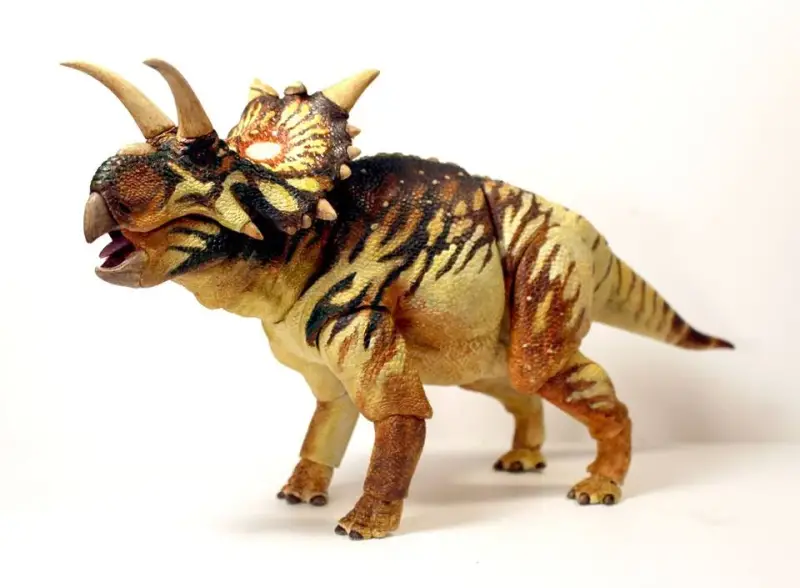
Xenoceratops is an extinct genus of ceratopsid dinosaur that lived during the Late Cretaceous period, around 78 million years ago. Its name means “alien-horned face,” referencing its unusual skull features and the location of its discovery near Foremost, Alberta, Canada. It had a large frill with bony projections and two prominent brow horns.
Like other ceratopsians, Xenoceratops was a herbivore, using its beak-like mouth to clip vegetation. It likely lived in herds and may have used its horns and frill for display, defense, or social interactions. Its size is estimated to be around 20 feet long and weighed several tons.
Xenoceratops lived in what is now western North America during a time of great dinosaur diversity. A fun fact is that its fossils were discovered in the early 1950s but weren’t fully studied and named until 2012, highlighting how new dinosaur species can still emerge from old collections.
Xenagama (Xenagama spp.)
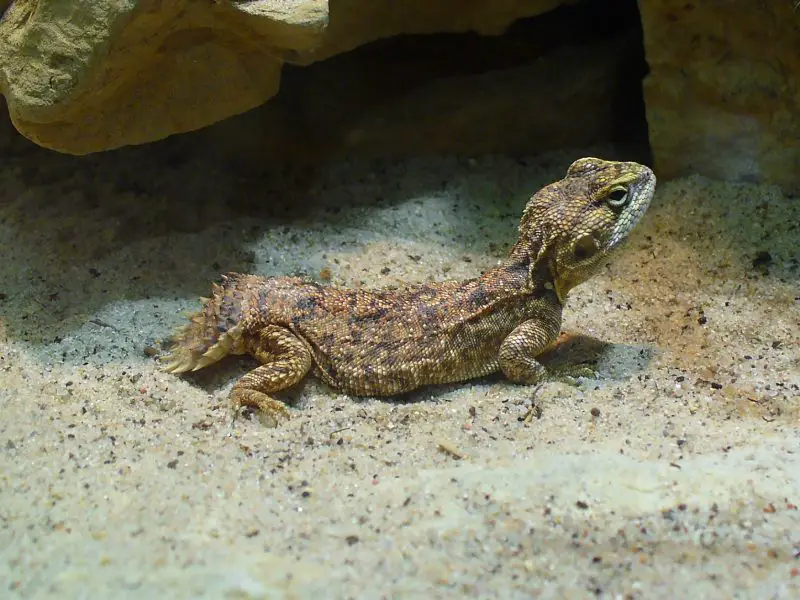
Xenagama is a genus of small, spiny-tailed lizards native to the arid regions of the Horn of Africa, including Ethiopia and Somalia. These lizards are compact and flat-bodied, with a characteristic short, heavily spiked tail that resembles a miniature shield. Their coloration typically ranges from sandy beige to gray, helping them blend into their desert surroundings.
Xenagama lizards are diurnal and terrestrial, often found basking on rocks or hiding in burrows to avoid the extreme midday heat. Their tail serves as a defensive tool, which they use to block the entrances to their burrows from predators. They primarily feed on insects and occasionally on plant matter, making them opportunistic omnivores.
These lizards are well-adapted to harsh, dry climates and can be seen in semi-desert and rocky habitats. A fun fact is that some species in this genus, like Xenagama taylori, are popular in the exotic pet trade due to their unique appearance and manageable size, though they require specialized care to thrive in captivity.
Xenochrophis (Xenochrophis spp.)
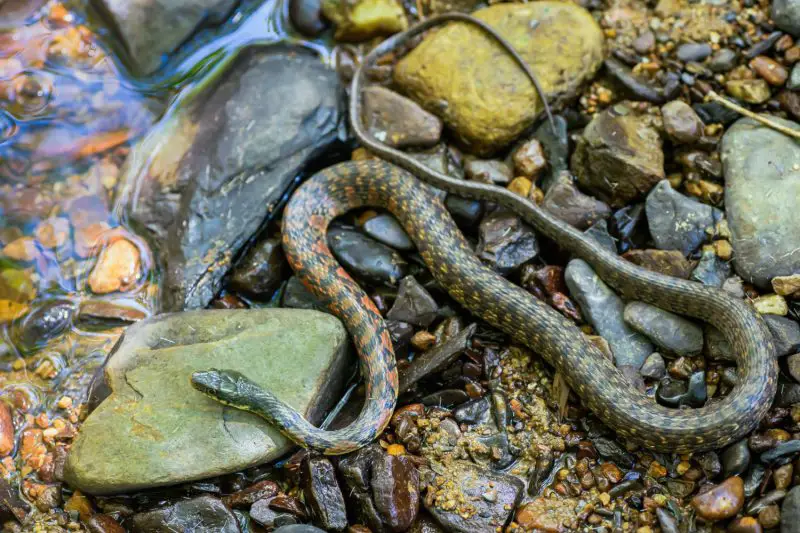
Xenochrophis is a genus of snakes commonly found across South and Southeast Asia, with species such as Xenochrophis piscator (the Checkered Keelback) being among the most recognized. These snakes typically have elongated, slender bodies with keeled scales and are marked with checkered or striped patterns along their backs.
Many Xenochrophis species are semi-aquatic and are frequently encountered near rivers, ponds, rice fields, and other wetlands. They are active during the day and are strong swimmers, feeding primarily on fish, amphibians, and other small aquatic creatures. Though non-venomous, they may bite when threatened but are generally harmless to humans.
Their wide distribution includes countries like India, Bangladesh, Thailand, and Indonesia. A fun fact about Xenochrophis piscator is that it is often mistaken for venomous snakes due to its size and pattern, yet it plays an important role in controlling fish and frog populations in its ecosystem.
Xylophagous Beetle (Various species)
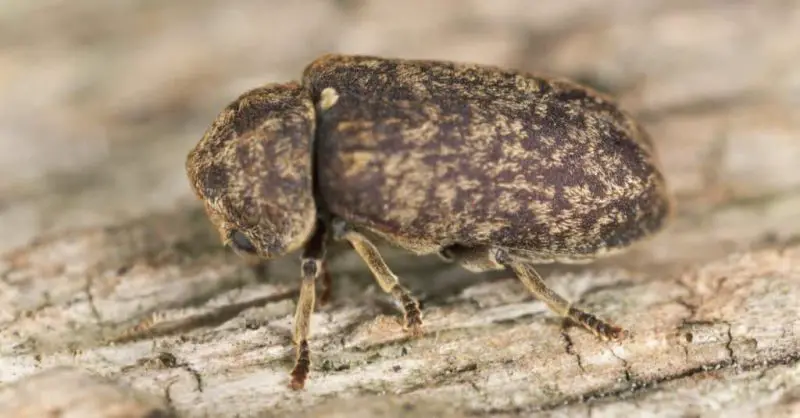
Xylophagous beetles are a diverse group of wood-eating beetles, which include families such as Cerambycidae (longhorn beetles) and Scolytinae (bark beetles). These beetles vary in size, shape, and color, but all share a common trait: their larvae feed on decaying or living wood, often boring into tree trunks and branches.
The behavior of these beetles is vital in forest ecosystems, as they help decompose deadwood and recycle nutrients. However, some species can become serious pests, damaging timber, forest plantations, and even wooden structures in homes. Adults may feed on plant sap, bark, or not at all, depending on the species.
Xylophagous beetles are found in forests worldwide, from temperate to tropical zones. A fun fact is that certain bark beetles can communicate using pheromones and sound to coordinate mass attacks on trees, overwhelming their natural defenses and allowing entire populations to colonize a single tree.
Xenopeltis (Xenopeltis unicolor)
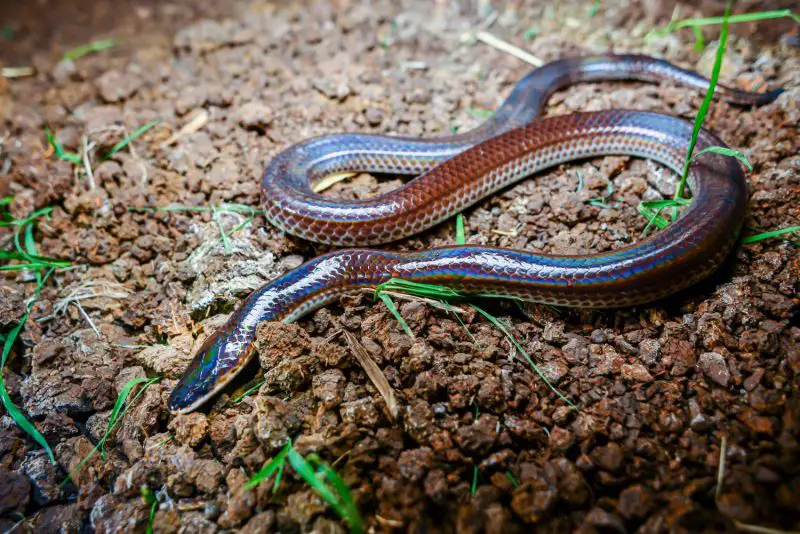
Xenopeltis, commonly known as the sunbeam snake, is a non-venomous snake native to Southeast Asia, including Thailand, Malaysia, and Indonesia. Its most striking feature is its smooth, iridescent scales that reflect light in shimmering rainbow colors, giving it a metallic or “sunbeam” effect.
This snake is fossorial, meaning it spends much of its time underground or hidden in leaf litter and loose soil. It is mostly nocturnal and feeds on small vertebrates such as frogs, lizards, and other snakes. When threatened, it often buries itself quickly or uses its shiny scales to distract and confuse predators.
Sunbeam snakes prefer moist, lowland habitats such as rice paddies, forests, and agricultural fields. A fun fact is that despite their beautiful appearance, they are rarely seen in the wild due to their secretive nature. They are sometimes kept in captivity but require very specific humidity and substrate conditions to thrive.
Xingu River Ray (Potamotrygon leopoldi)
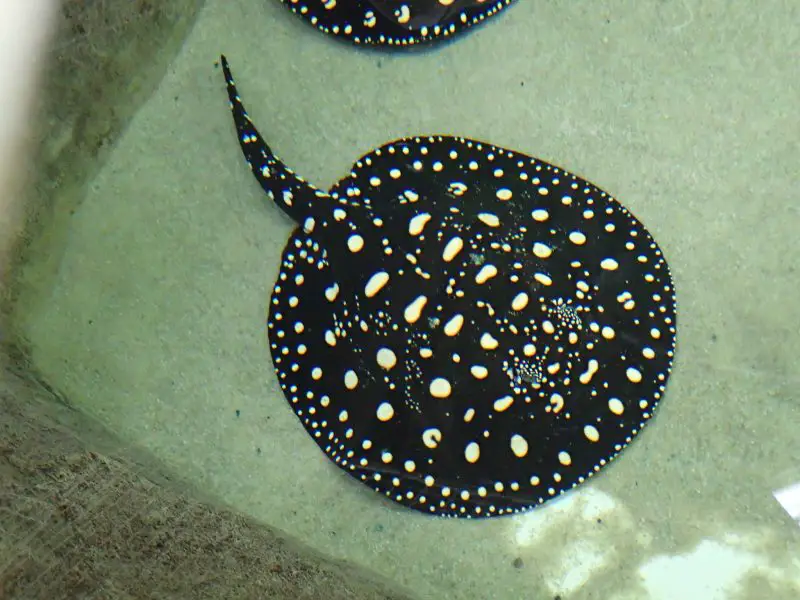
The Xingu River Ray, also known as the white-blotched river stingray, is a striking species of freshwater stingray native to the Xingu River in Brazil. It has a dark black to brown body with large, distinct white or yellowish spots, creating a highly contrasting pattern that makes it one of the most beautiful freshwater rays.
This stingray is a bottom-dwelling species that spends its time gliding over sandy or rocky riverbeds in search of food. It primarily feeds on worms, crustaceans, and small fish, using its sensitive electroreceptors to detect prey. Though generally calm, it possesses a venomous spine in its tail used for defense.
The Xingu River Ray is found only in the clear, fast-flowing waters of the Xingu River Basin, making it a geographically restricted species. A fun fact is that due to its beauty, it is highly prized in the aquarium trade, but over-collection and habitat threats have led to conservation concerns for wild populations.
Xenotilapia (Xenotilapia spp.)
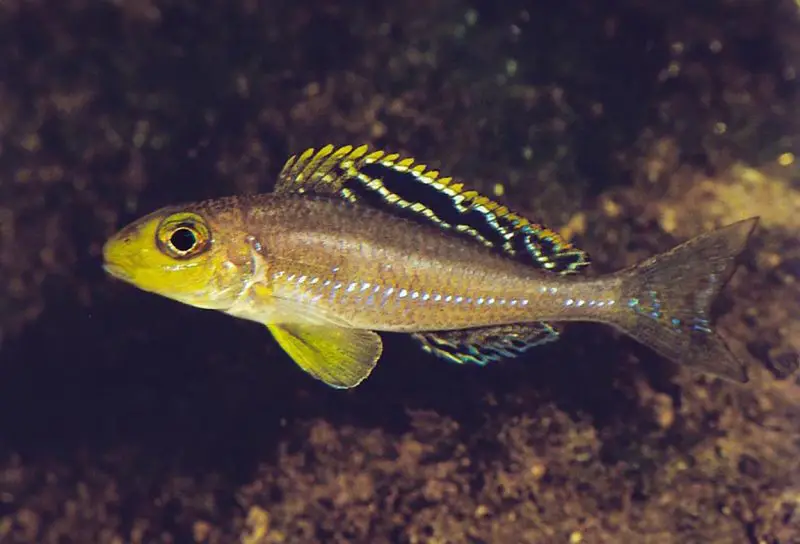
Xenotilapia is a genus of cichlid fish endemic to Lake Tanganyika in East Africa. These fish are slender and elongated, with subtle color patterns that range from silver to pale blue, often accented by iridescent markings. Their streamlined bodies and delicate finnage make them both agile swimmers and attractive aquarium specimens.
Members of this genus are typically found in sandy-bottomed regions of the lake, where they feed by sifting through the substrate to find small invertebrates. Some species display fascinating social and breeding behaviors, including biparental mouthbrooding, where both parents take turns carrying their young in their mouths for protection.
Xenotilapia species are adapted to the deep, clear waters of one of the world’s oldest and most biodiverse lakes. A fun fact is that due to their specialized diets and habitats, these fish are sensitive to changes in water quality and are often used in ecological studies to monitor the health of Lake Tanganyika’s ecosystem.
Xeme (Xema sabini)

The Xeme, more commonly known as Sabine’s Gull, is a small, graceful gull species recognized by its striking plumage and deeply forked tail. It has a bold black-and-white wing pattern, a black head during breeding season, and a distinctive yellow-tipped black bill. These features make it one of the most attractive gulls in the world.
Xemes breed in the Arctic tundra, nesting near freshwater pools and lakes. During migration, they undertake long journeys to winter along the coasts of South America and West Africa. Unlike many gulls, they often feed while in flight, catching insects over open water, and will also forage along shorelines and estuaries.
This species is highly pelagic during the non-breeding season, spending most of its time over the open ocean. A fun fact is that Xemes are rarely seen inland, and their elegant flight and striking appearance make them a prized sighting for birdwatchers in coastal areas during migration.
Xanthichthys (Xanthichthys spp.)
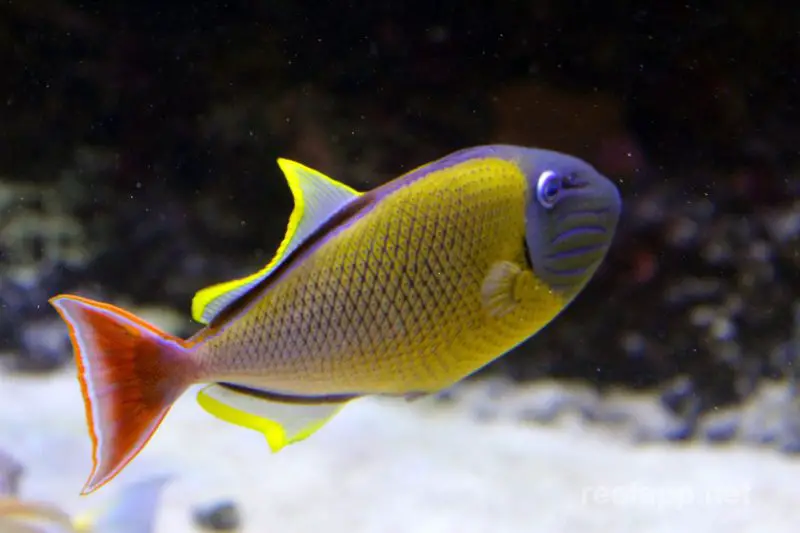
Xanthichthys is a genus of colorful and hardy triggerfish commonly found in tropical marine waters, especially around coral reefs. One of the most well-known species is the Bluejaw Triggerfish (Xanthichthys auromarginatus), named for the vibrant blue coloration seen on males. They typically have diamond-shaped bodies with small, sharp teeth and bold markings.
These triggerfish are known for their unusual dorsal spine mechanism, which they can lock into place to wedge themselves into rock crevices when threatened. Xanthichthys species feed on zooplankton, small crustaceans, and occasionally algae, making them mid-water foragers rather than reef-grazers like some other triggerfish.
In the wild, they are found in the Indo-Pacific and parts of the Atlantic, inhabiting outer reef slopes and drop-offs. A fun fact is that many Xanthichthys species are considered reef-safe and are popular among saltwater aquarium enthusiasts for their color, behavior, and relatively peaceful nature compared to other triggerfish.
Xantus’s Murrelet (Synthliboramphus hypoleucus)

Xantus’s Murrelet is a rare and secretive seabird that inhabits the Pacific coastal waters of California and Baja California. It is a small, black-and-white bird with a short, stubby bill and long wings, often seen flying low over the ocean or swimming close to the surface. It nests on remote rocky islands and cliffs.
This species is unique among seabirds for its nocturnal nesting behavior and rapid fledging process. Chicks leave the nest within two days of hatching and are guided to the sea by the calls of their parents. At sea, the family remains together while the chicks learn to dive and forage, feeding on small fish and plankton.
Xantus’s Murrelet is considered vulnerable due to threats such as oil spills, invasive predators, and habitat disturbance. A fun fact is that it was one of the only seabirds known to nest in total darkness, and its stealthy habits make it difficult to study, adding to its air of mystery in ornithological circles.
Xenodermus javanicus (Xenodermus javanicus)
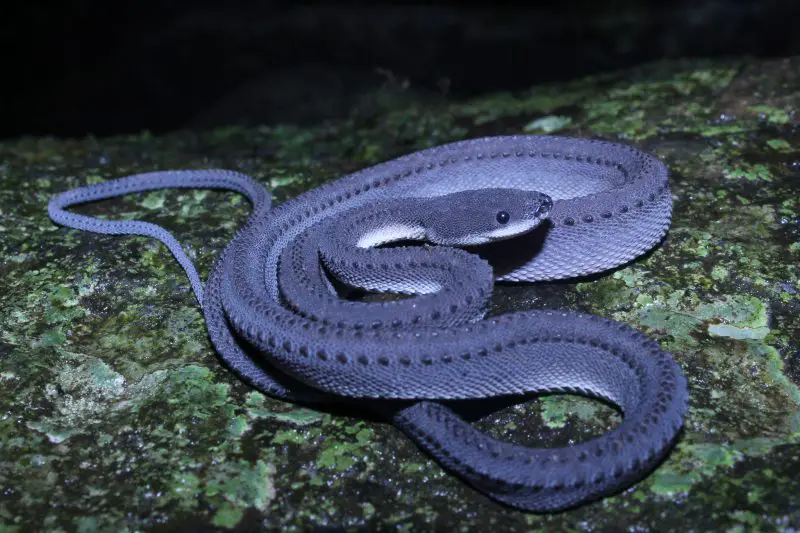
The Xenodermus javanicus, commonly known as the Javan file snake or dragon snake, is an unusual and rarely seen species native to Southeast Asia, particularly Indonesia, Malaysia, and Thailand. This snake is instantly recognizable due to its rough, ridged scales that give it a dragon-like appearance. Its coloration is generally dark gray or black, providing excellent camouflage in its forested environment.
Despite its fearsome look, the Javan file snake is non-venomous and relatively shy. It is nocturnal and prefers to remain hidden during the day, often near streams or in humid, lowland forest areas. It feeds primarily on amphibians, especially frogs, and is known for its slow, deliberate movement and reclusive behavior.
A fun fact about this species is that when threatened, it tends to stiffen its entire body into a rigid posture, a unique defensive behavior that adds to its mysterious aura. Due to its specialized habitat and low population density, Xenodermus javanicus remains one of the least-studied snakes in Southeast Asia.
Xenotoca eiseni (Xenotoca eiseni)
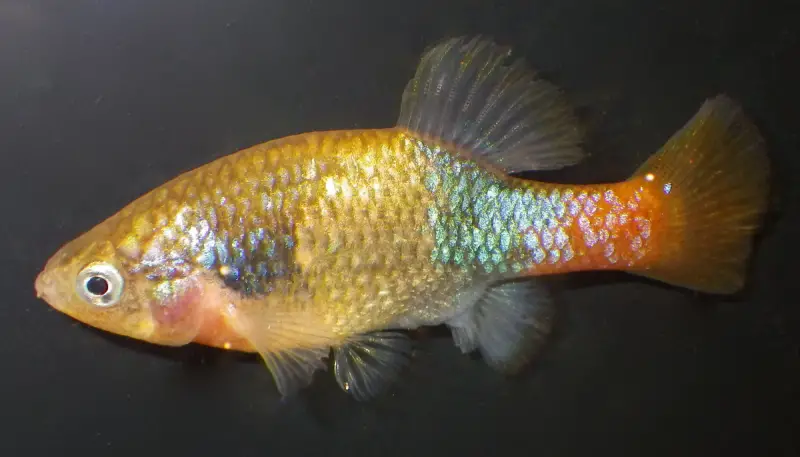
Xenotoca eiseni, commonly known as the Redtail Splitfin, is a small freshwater fish native to central Mexico. Males are known for their striking coloration, featuring a blue-gray body and a vibrant red or orange tail, while females are usually less colorful and more rounded in shape. These fish typically grow to about 2 inches in length.
They inhabit rivers, streams, and ponds, often with moderate to fast currents. Xenotoca eiseni is a livebearing species, meaning it gives birth to free-swimming young rather than laying eggs. In the wild, they feed on small invertebrates, algae, and organic matter. In aquariums, they are appreciated for their color and active swimming behavior.
Sadly, their populations in the wild are in decline due to habitat destruction and water pollution. A fun fact is that this species has been successfully bred in captivity and is now part of several conservation breeding programs aimed at preserving Mexico’s unique freshwater biodiversity.
Xenopus laevis (Xenopus laevis)
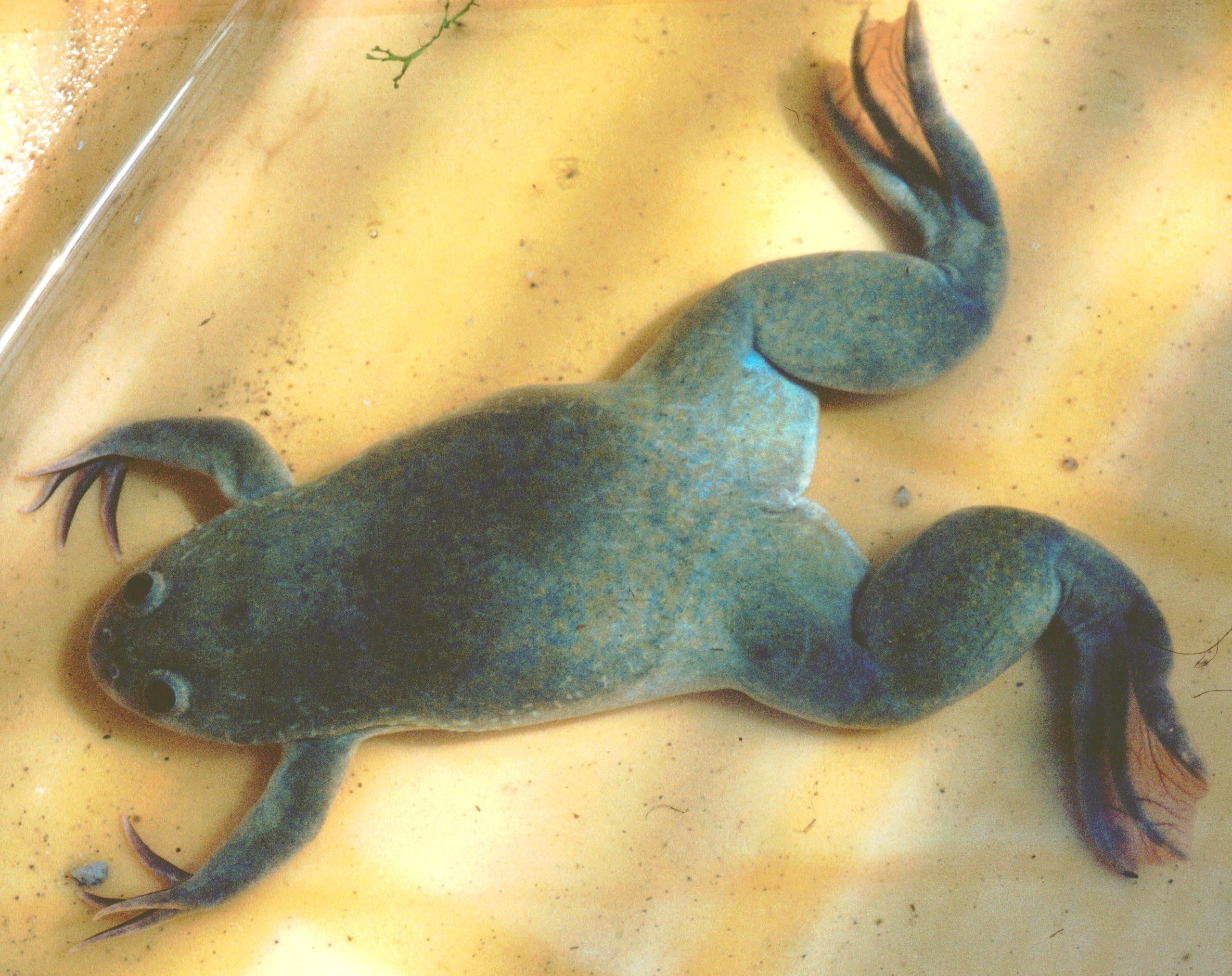
The African clawed frog (Xenopus laevis) is a fully aquatic species native to sub-Saharan Africa. It has a flattened body, smooth skin, and distinctive clawed hind feet used for tearing apart prey. Its skin color ranges from olive to brownish-gray, often mottled with darker markings. These frogs lack a tongue and eyelids but are adept swimmers.
Xenopus laevis is known for its important role in biological and medical research. It was one of the first animals used in pregnancy testing during the mid-20th century, and its embryos are still used today to study vertebrate development and genetic functions. It is also capable of regenerating damaged tissues, a trait that fascinates scientists.
In the wild, these frogs live in stagnant or slow-moving water bodies and are opportunistic feeders, eating anything they can catch, including insects, worms, and small fish. A fun fact is that when food is scarce, they may even consume their own skin after shedding it—a behavior called dermatophagy.
Xylocopa (Xylocopa spp.)
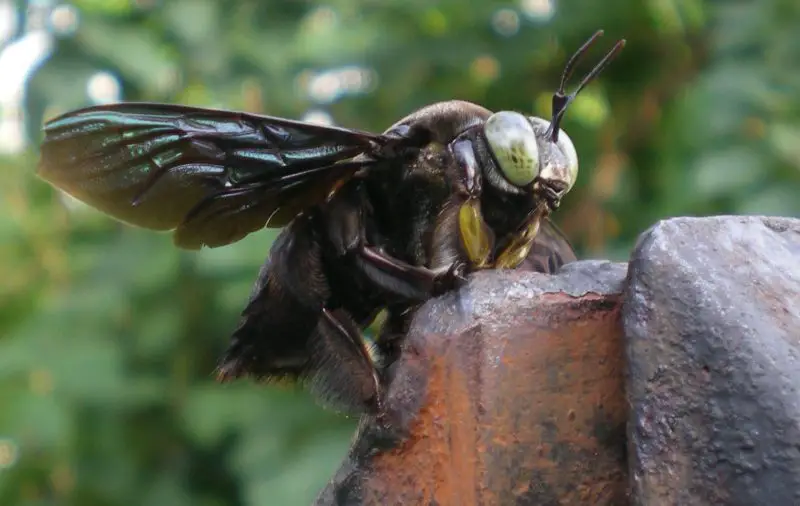
Xylocopa, commonly referred to as carpenter bees, is a genus of large, solitary bees known for their habit of burrowing into wood to make nests. These bees are typically black with a shiny, robust body and strong mandibles that allow them to excavate tunnels in dead wood, bamboo, or even wooden structures.
Unlike social bees such as honeybees, carpenter bees do not live in hives. Each female builds her own nest and lays eggs in individual chambers. Despite their intimidating size and loud buzzing, they are generally non-aggressive and are important pollinators for many plants and crops. Males can be territorial but lack stingers.
Carpenter bees are found worldwide, especially in temperate and tropical regions. A fun fact is that they can sometimes be mistaken for bumblebees, but they can be easily distinguished by their shiny, hairless abdomen, whereas bumblebees have fuzzy bodies throughout.
Xenodon (Xenodon spp.)
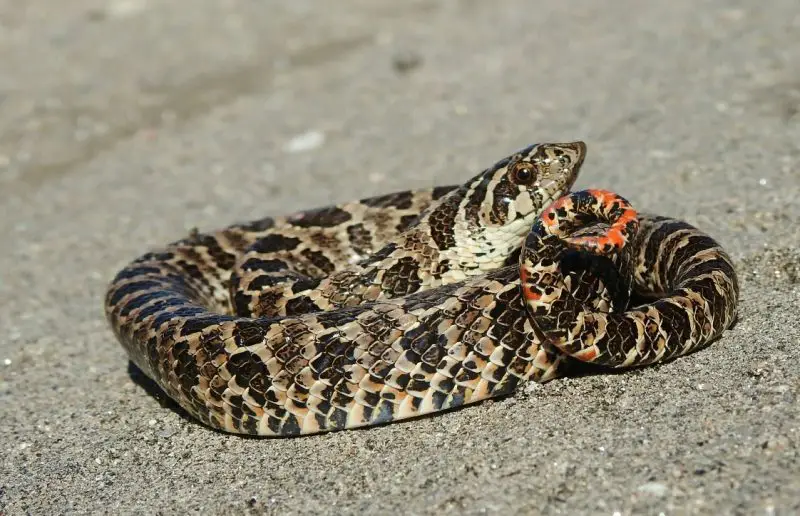
Xenodon is a genus of snakes found across Central and South America, recognized for their upturned snouts and often bright, contrasting coloration. These snakes can mimic the appearance of venomous coral snakes, a form of Batesian mimicry that helps them deter predators. Their body patterning may include bands of red, black, and white or other vivid hues.
Most Xenodon species are rear-fanged and mildly venomous, but they are generally harmless to humans. They feed primarily on amphibians, especially frogs and toads, and are well-adapted to both forested and open habitats. Some species are known for inflating their necks and flattening their heads as a defensive display.
These snakes are usually diurnal and can be found under leaf litter, logs, or near water sources. A fun fact is that Xenodon snakes often exhibit dramatic bluffing behaviors when threatened, such as striking without biting or playing dead, making them both fascinating and theatrical in their natural environments.
Xenodactylus (Xenodactylus)
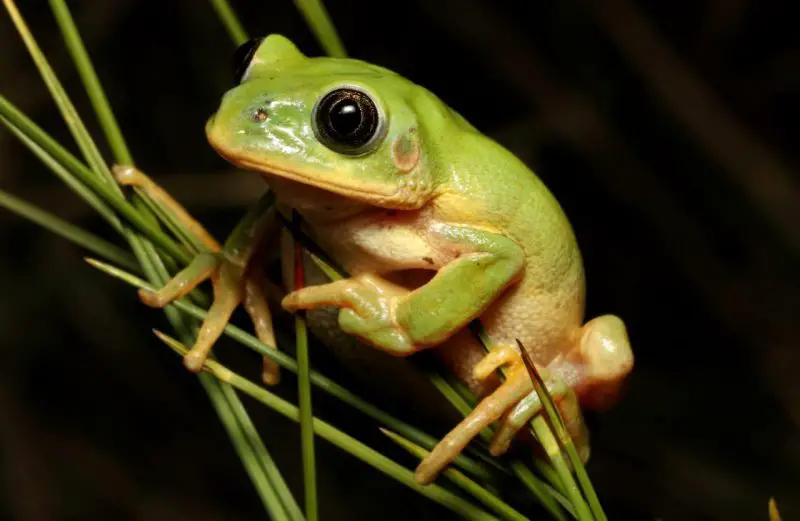
Xenodactylus is a hypothetical or ancient genus of lizard known only from sparse fossil records and brief mentions in paleontological literature. The limited evidence suggests it may have lived during the late Mesozoic era, but no complete specimens have ever been recovered. As a result, many details about its anatomy and lifestyle remain speculative.
Based on isolated bone fragments, Xenodactylus may have been a small, agile lizard with elongated digits—its name derives from the Greek for “strange fingers.” Paleontologists hypothesize that it occupied a niche similar to modern insectivorous lizards, darting among low vegetation to capture prey. Without soft–tissue preservation, its coloration and scale patterns are entirely conjectural.
Since Xenodactylus remains have never been found alongside preservable eggs or nests, scientists know virtually nothing about its reproduction or social behavior. A fun fact is that the genus is often cited in textbooks as an example of how much of prehistoric life remains undocumented or lost to the fossil record.
Xenorhina (Xenorhina)
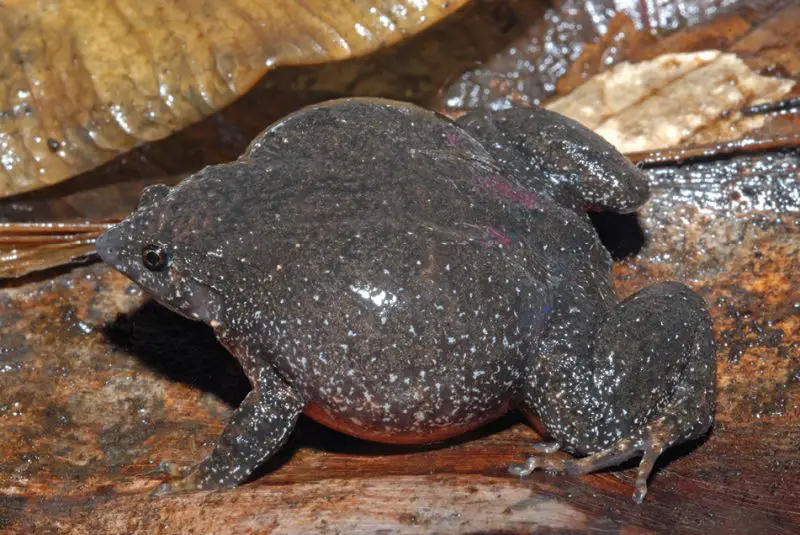
Xenorhina is a genus of diminutive ground‐dwelling frogs endemic to the montane rainforests of New Guinea. These frogs are characterized by their rounded bodies, short limbs, and a distinct pointed snout. Their skin is typically smooth and patterned with earthy browns and greens, providing excellent camouflage among leaf litter.
These frogs lead a secretive, leaf‐litter lifestyle, burrowing shallowly to avoid dehydration during the midday heat. They feed primarily on small invertebrates such as ants, termites, and mites, using a rapid flick of their tongue to seize prey. Males produce soft, high-pitched calls at night to attract mates, creating a subtle chorus beneath the forest canopy.
Xenorhina species are found across elevations from 500 to 2,000 meters, favoring cool, humid microhabitats. A fun fact is that several species within this genus have only been described in the last two decades, highlighting New Guinea’s status as one of the world’s most biologically rich and underexplored regions.
Xantusia (Xantusia)
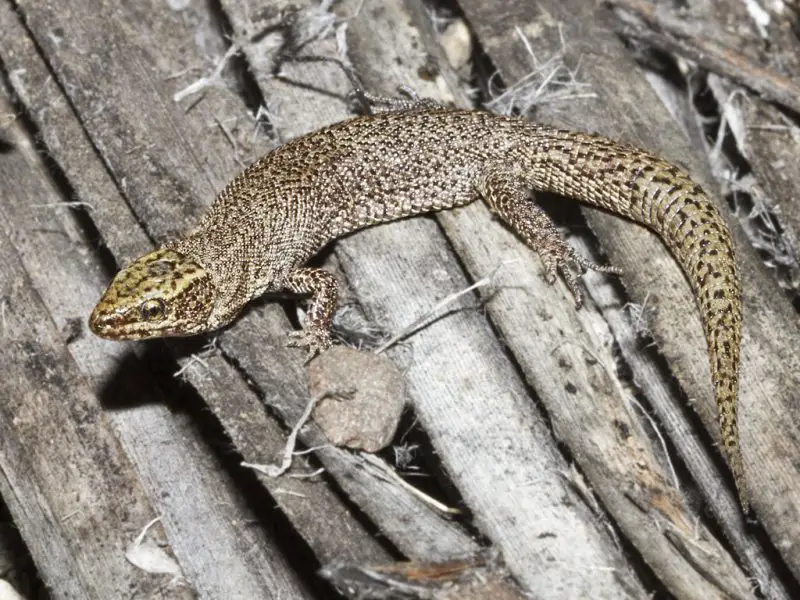
Xantusia is a North American genus of small, secretive lizards often referred to as night lizards, despite many being active during daylight. They typically measure under three inches from snout to vent and bear smooth, glossy scales in shades of gray, brown, or olive. Their flattened bodies allow them to slip into narrow desert crevices.
These lizards occupy talus slopes, rock piles, and creviced outcrops in arid and semi-arid regions, where they shelter in cool, protected refuges. They feed on tiny arthropods—mites, small beetles, and springtails—which they hunt with slow, deliberate movements. Most Xantusia are viviparous, giving birth to fully formed young rather than laying eggs.
Xantusia species have remarkably long lifespans for small reptiles, with some individuals living over 15 years in the wild. A fun fact is that the genus was named in honor of John Xantus de Vesey, a 19th-century Hungarian naturalist whose collections greatly advanced knowledge of North American herpetofauna.
Xenochlorella (Xenochlorella)
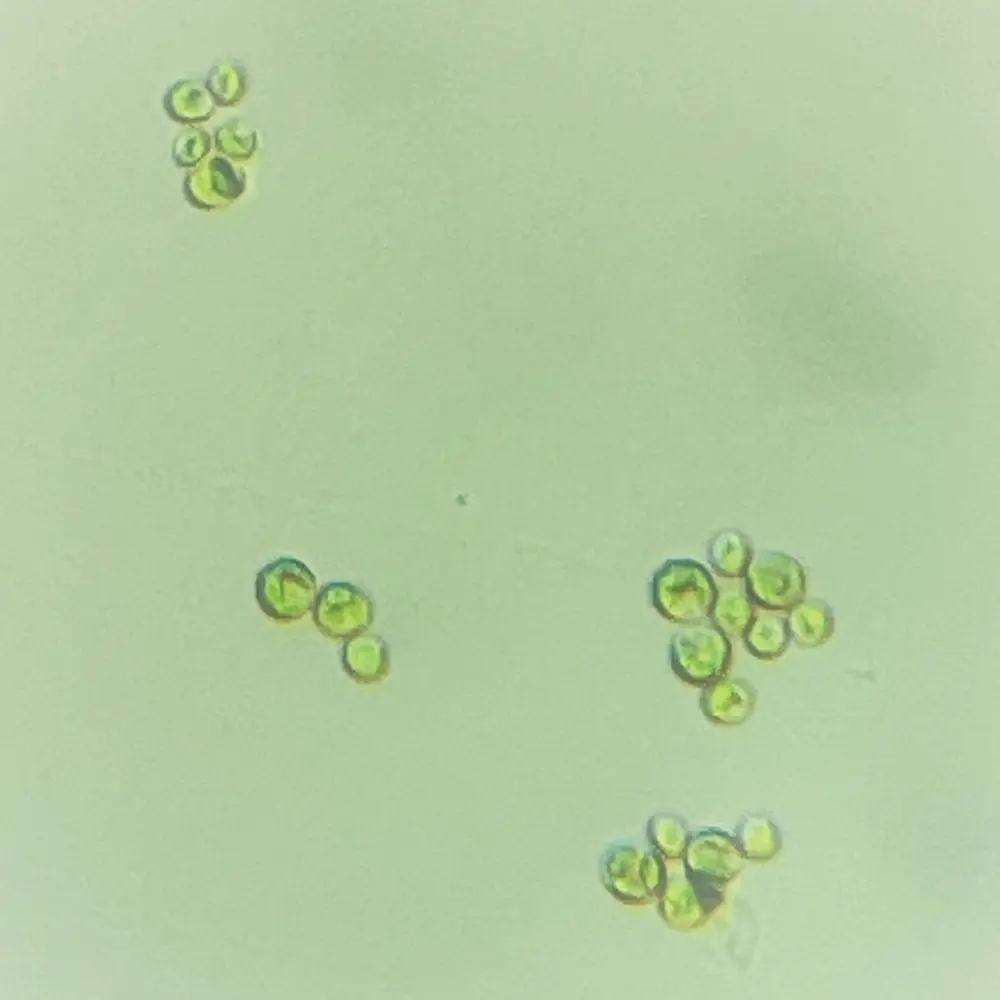
Xenochlorella is a genus of green microalgae living as symbionts within the tissues of various marine invertebrates, including sponges and tunicates. These single-celled algae are spherical, about 5 to 10 micrometers in diameter, and contain chloroplasts that confer a bright green hue when observed under a microscope.
Within their animal hosts, Xenochlorella carry out photosynthesis, providing nutrients such as glycerol, amino acids, and carbohydrates in exchange for shelter and inorganic waste products. This mutualistic relationship enhances the host’s growth and resilience in nutrient-poor waters. Laboratory studies show that hosts with Xenochlorella symbionts grow up to 30 percent faster.
Xenochlorella species have been documented in tropical and subtropical seas around the globe, from shallow reefs to deeper continental shelves. A fun fact is that some biologists are exploring the use of Xenochlorella-host systems as models for sustainable aquaculture, leveraging their efficient nutrient cycling to support environmentally friendly seafood production.
Read More:


